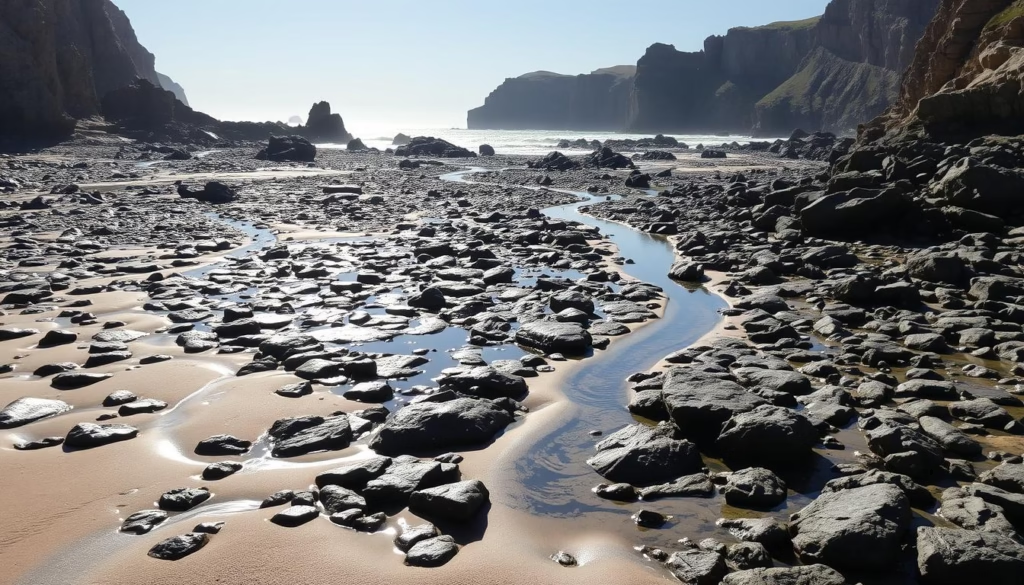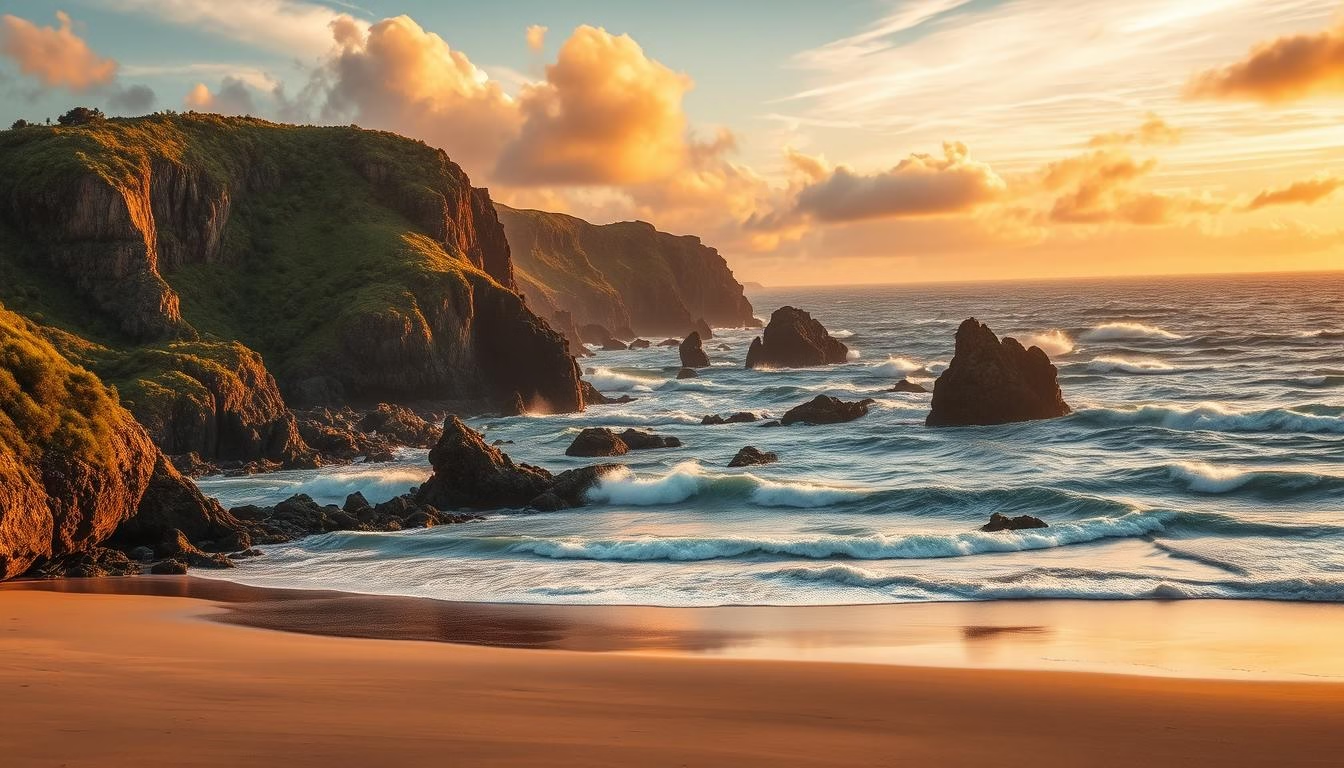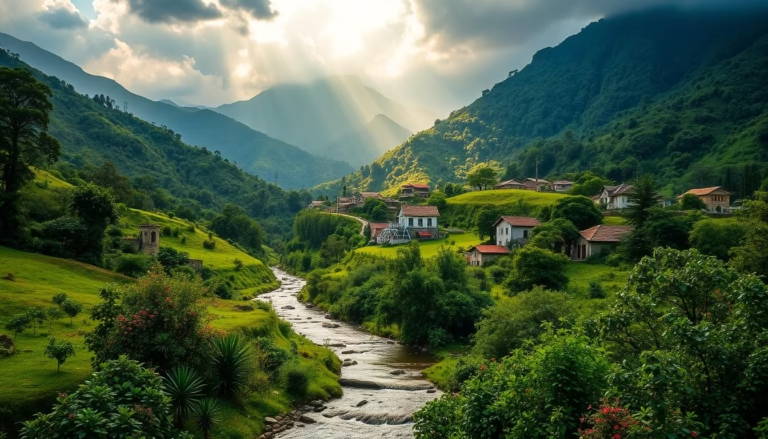Mysterious Tidal Islands: A Guide to Hidden Treasures
Imagine walking across a sandy path that appears only when the ocean retreats, leading to a secluded landmass crowned with ancient ruins. These unique coastal formations—where the sea alternately conceals and reveals access—create fleeting opportunities for exploration. In the UK alone, over 40 such locations exist, blending natural wonder with centuries of human history.
What makes these places so captivating? Their landscapes shift with the rhythm of the tides, offering two completely different experiences every day. At low water, visitors can stroll to historic sites like weathered chapels or crumbling castles. When the waves return, these spots become solitary outposts surrounded by swirling currents.
Beyond their dramatic scenery, these coastal gems serve as sanctuaries for wildlife and windows into the past. Many feature medieval churches built by monks seeking solitude, while others shelter rare birds or prehistoric artifacts. Timing your visit carefully ensures safe access and lets you witness nature’s daily transformation firsthand.
Key Takeaways
- Coastal formations that emerge during low tide provide limited-time access to historic and ecological sites
- The UK contains dozens of these unique locations, each with distinct landmarks and stories
- Tide schedules dictate exploration windows, requiring careful planning for safe visits
- Many sites feature medieval architecture and serve as habitats for protected wildlife
- Visitors experience both connection and isolation within a single day’s journey
- Preservation efforts help maintain fragile ecosystems and cultural heritage
Discovering the Allure of Tidal Islands
Every sunrise and sunset, the sea grants temporary passage to lands steeped in history. These fleeting gateways reveal themselves through nature’s precise clockwork, where visitors walk on ocean floors one moment and watch waves reclaim the path hours later. This rhythm creates a living bridge between exploration and respect for natural forces.
Unveiling Natural Phenomena and Changing Tides
The twice-daily rhythm of the tide transforms coastlines into dynamic theaters. Sandbars and stone causeways emerge like magic, offering safe passage during low water. “You’re literally walking where fish swam just hours before,” says a Cornwall tour guide. These shifting waters nurture hybrid ecosystems where seabirds nest alongside crustaceans adapted to both land and marine life.

Legends, Folklore, and Historical Mystique
Local tales breathe life into these landscapes. One Welsh legend describes a giantess who built a causeway to confront her rival, while Irish lore claims submerged bells ring during storms. Medieval monks chose these isolated spots for monasteries, valuing the sea as both protector and spiritual symbol.
Centuries-old chapels still stand on some outcrops, their stones weathered by salt and stories. The isolation preserved not just architecture, but traditions. On Northumbria’s Holy Island, pilgrims follow ancient sand markers during safe times, mirroring journeys made since 635 AD. It’s a powerful reminder of humanity’s enduring dance with nature.
Mysterious Tidal Islands: A Journey Through Nature & Culture
Coastal landscapes hold timeless secrets where history and nature converge. These unique locations blend dramatic geography with centuries of human ingenuity, offering adventures that span medieval castles, spiritual havens, and living traditions.
Exploring Iconic Destinations and Hidden Gems
St Michael’s Mount rises from Cornwall’s waters like a storybook setting. Its 12th-century castle perches atop granite slopes, connected to shore by a cobbled causeway. Pilgrims once trekked this ancient granite path—now visitors follow their footsteps at low tide.
Further north, Lindisfarne’s priory ruins whisper tales of 7th-century monks. This spiritual hub nurtured Celtic Christianity while battling Viking raids. Today, its tidal isolation still inspires quiet reflection.
Architectural Marvels and Spiritual Retreats
Anglesey’s St Cwyfan church shows nature’s power. Built on a peninsula in the 1100s, coastal erosion turned it into a tiny island sanctuary. Its stone walls now stand guard against crashing waves.
Orkney’s Brough of Birsay reveals layered history. Pictish carvings mix with Norse longhouses and medieval ruins—a time capsule of civilizations shaped by the sea.
| Location | Key Feature | Century |
|---|---|---|
| St Michael’s Mount | Granite castle & causeway | 12th |
| Lindisfarne | Monastic ruins | 7th |
| St Cwyfan | Island church | 12th |
| Oronsay Priory | Augustinian cloister | 14th |
Local Narratives and Timeless Traditions
Communities near these special places keep stories alive. Fishermen share legends of submerged bells, while guides recount how five remarkable tidal pathways shaped regional history.
Seasonal festivals celebrate maritime heritage, from boat blessings to storytelling nights. These traditions connect modern visitors to the resilient people who’ve thrived along these coasts for generations.
Travel Tips and Timing: Navigating Tide Schedules and Access
Timing transforms these coastal adventures from dream trips to potential dangers. The difference between a memorable exploration and a risky situation often comes down to understanding nature’s clock.
Safe Access via Causeways and Walking Routes
Not all pathways are created equal. Seagull Island near Mumbai reveals its causeway for just 30 minutes daily. Visitors sprint across wet sand before waves reclaim the route. Meanwhile, Scotland’s Brough of Birsay offers a sturdy stone path usable for 3-4 hours during low tide.
Local guides emphasize preparation: “Tide tables matter more than your watch here,” says a Cornwall tour operator. Sturdy shoes prove essential on seaweed-slick rocks, while flip-flops risk twisted ankles.
Planning Your Visit Around Low Tide Windows
Smart explorers follow three rules:
- Check official tide charts (not generic apps)
- Arrive 90 minutes before peak low tide
- Note return time visibly on your phone
| Location | Access Window | Path Type |
|---|---|---|
| Seagull Island | 30 minutes | Sandy beach |
| Brough of Birsay | 3 hours | Stone causeway |
| Mont Saint-Michel | 5 hours | Paved road |
Weather shifts can shorten safe access periods. A sunny morning might hide afternoon storms that accelerate rising waters. Always inform mainland staff of your plans—they’ll notice if you overstay.
Conclusion
Where land and sea perform their daily dance, these coastal wonders blend nature’s theater with human history. From Lindisfarne’s spiritual ruins to St Michael’s Mount’s castle-topped slopes, each location tells stories shaped by the tide. Remote outcrops like Isle Haute reveal even more secrets—cliffs teeming with seabirds and whispers of pirate treasure.
Smart explorers know timing is everything. Checking low tide charts ensures safe access to crumbling stone churches or ancient pathways. Arrive early, wear sturdy shoes, and always respect the waters that reclaim these routes twice daily.
These special places offer more than pretty views. They’re living classrooms where medieval builders and modern visitors meet across centuries. Whether you seek quiet reflection or adventurous discovery, remember: tread lightly to preserve their fragile beauty for future generations.






